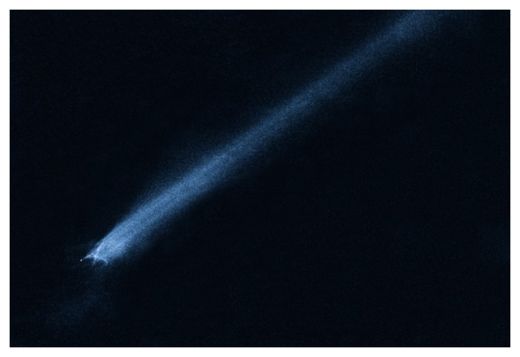
Asteroid 2201 Oljato orbits the Sun every 3.2 years, and during its lifetime, NASA's Pioneer Venus Orbiter has observed three passages of the space rock between Venus and the Sun.
Each time the asteroid has been observed, Oljato had a marked increase in the region of unusual magnetic peaks known as Interplanetary Field Enhancements (IFEs).
"This is not typical asteroidal behavior! These magnetic increases are rare, occurring in Venus orbit about 10 times per year," said Russell, who performed the research.
"Pioneer observed that when Oljato was just in front or just behind Venus, the rate of IFEs approximately trebled. And yet, in more recent observations with Venus Express, the occurrence of IFEs is now lower than the average we find outside this region," he added.
Russell and his colleagues believe that the answer to this lies with collisions between Oljato and debris in its orbit.
When objects collide in interplanetary space, they become electrically charged and dust particles are accelerated by the solar wind.
Russell said that at one point, Oljato had a run in with some space debris.
"At one point in time Oljato shed boulders - mostly a few tens of meters in diameter - into its orbit and they formed a debris trail in front and behind Oljato. These impactors then hit other targets as they passed between Venus and the Sun," he said.
According to Russell, large amounts of fine dust released by these collisions was picked up by the solar wind, which produced the IFEs that NASA's spacecraft picked up. Eventually, the dust accelerated out of the solar system.



Reader Comments
to our Newsletter